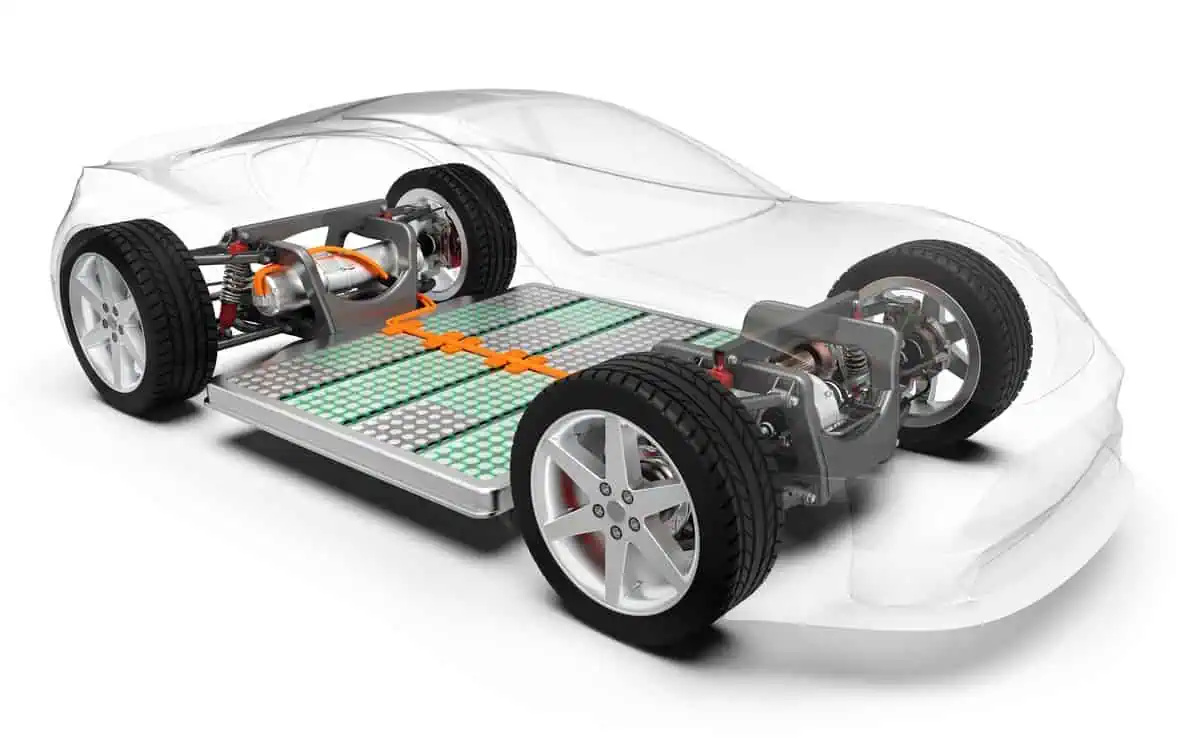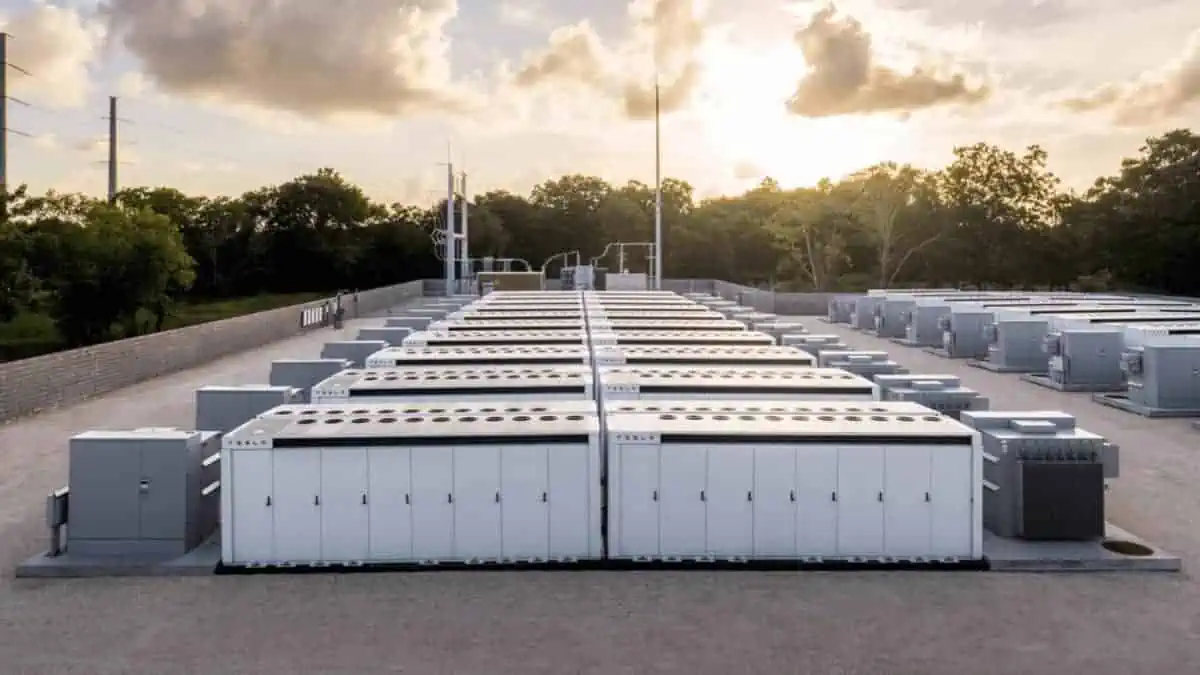Electric motors are an essential part of an electric vehicle. It typically has a single moving part called the rotor, which spins away inside the stator, the stationary feature. It converts electrical power to mechanical forces, which is essential for the propulsion of an EV.
Electric motors function in transportation, industries, and commercial buildings. Most of which are for air-conditioning and ventilation blowers, conveyor belts, water pumps, and trains, and continuously run for several hours a day, year in and out.
According to Lifewire, electric motor maintenance is limited to coolant changes every 100,00 miles, proven to last upwards of 20 years.
Furthermore, the life expectancy of an electric car motor depends on so many variables that it is difficult to estimate. In ideal conditions, it suggests that the optimal lifespan is between 15-20 years. Compared to a combustion engine, an electric vehicle motor has fewer parts, meaning reduced and easier maintenance, as stated by Renault Group.
“Government and automaker confidence reflects the desire, if not the reality, of EV longevity. Also, to help encourage confidence in EVs, federal rules now require automakers to cover important components, just like the battery and electric motor, for eight years or 100,000 miles, while California adds that to 10 years or 150,000 miles. Some EV automakers even give a lifetime guarantee.”
Lifewire
Additionally, according to PrimecomTech, the life expectancy of an electric vehicle motor also depends on various factors. These include:
● Unexpected load changes
● Fluctuations in input power
● Improper installation of a machine
● Different environmental factors like humidity and temperature
There are also several critical causes of motor failure, provided by PricecomTech.
● Contamination. Contamination like dirt, dust, and chemicals weakens and limits the performance of the motor, thus causing motor failure.
● Overheating. A high-temperature operating environment or poor power quality can trigger it. Failure to keep the motor cool can increase the risk of motor breakdown.
● Vibration. Vibration is when the motor is positioned improperly on an unstable or uneven surface. However, EVs can also indicate an issue like corrosion, misalignment, etc.
● Low resistance. It affects the degradation of winding insulation because of conditions such as physical damage, deterioration, and overheating.
● Electrical overload. In the event of an excessive current flow that surpasses the amount of what the motor can carry, electrical overload occurs.
Despite the potential for wear and tear, EV motors can have designs to last a long time. Most EV manufacturers offer warranties on the electric motor and related components, typically ranging from 5 to 8 years. An EV electric motor can last hundreds of thousands of miles with proper maintenance and responsible driving habits.
See Also:
- Tesla plans to use electric motors devoid of rare earth elements for its EVs again after cutting it in 2017
- Mays Motors plans to develop the first electric SUV on its lineup
- A new Infinitum Aircore electric motor delivers advances to EV efficiency and cost savings
- Sean Mitchell: How often do Tesla’s batteries and motors fail?
- Bosch declares electric motor production in Charleston and more than $260 million in investment
Leading American automaker Tesla previously announced plans to employ electric motors devoid of rare earth elements for its EVs. The automaker claims that it will enable “lower cost & high efficiency drive units.”






